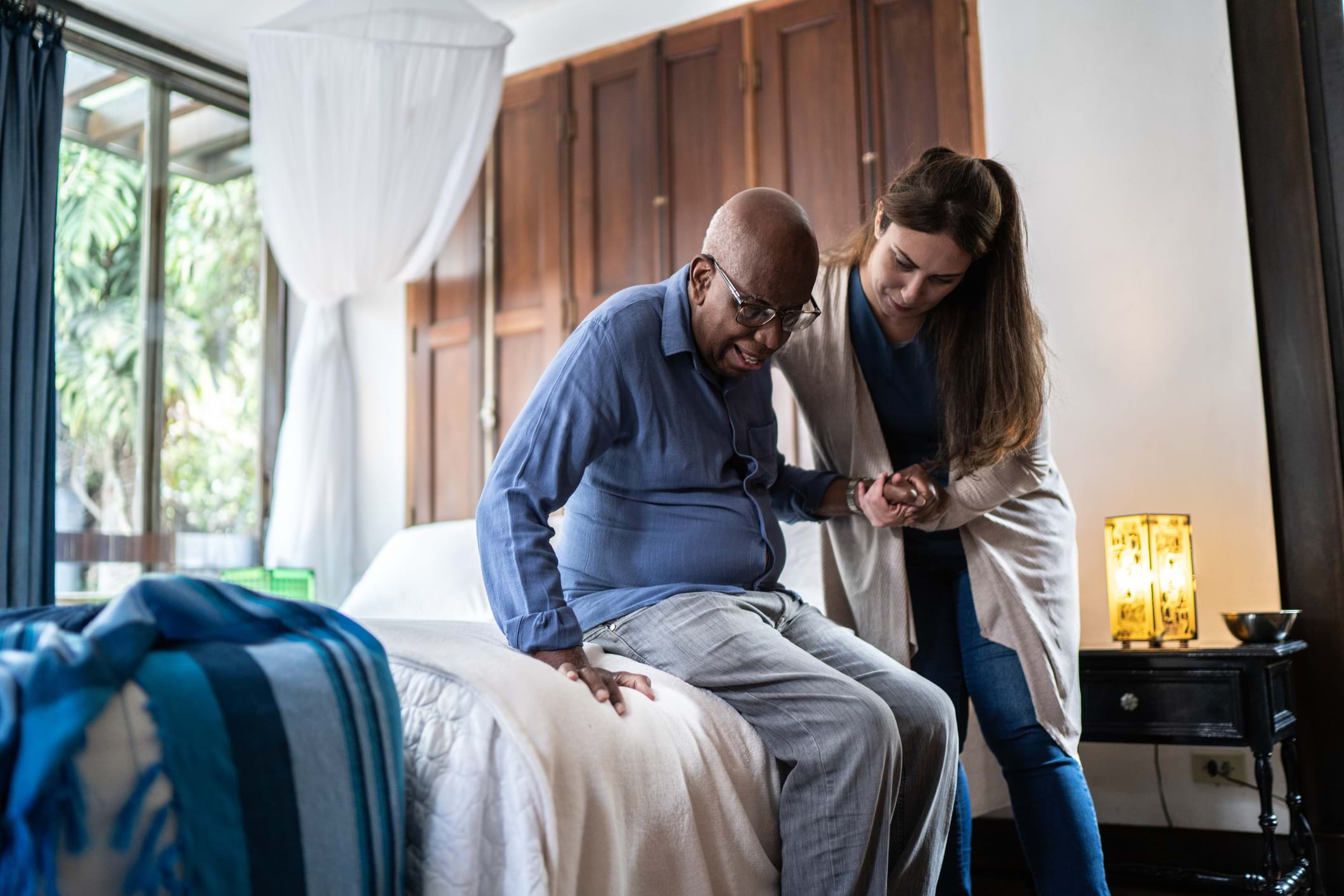by Dina L. Daniele, CPCU, Vice President of Marketing
Managers of motor fleets can breathe a sigh of relief as new technological developments are making their job of minimizing risks easier. An increasing number of businesses are finding refuge in technology that can improve driver and vehicle safety performance and help proactively manage their fleets.
Burris Logistics, a Delaware-based specialist in refrigerated and frozen food distribution, underwent a safety audit nearly four years ago on its large fleet of 18-wheelers. The audit results showed that the logistics company had a solid safety program in place, consisting of driver training and regular fleet maintenance, but could benefit from technological tools to further prevent losses and reduce the costs associated with accidents.
Initially, Burris Logistics rolled out an in-cab camera pilot program with just 10 of its vehicles. Within six months, the logistics company decided to invest nearly $250,000 on in-cab camera units for its entire commercial fleet of more than 240 tractor trailers.
“Since the full implementation, Burris Logistics has seen a reduction in fleet accident frequency and severity by 40 percent each year,” said Donnie Burris, CEO, Burris Logistics. “Ultimately, we decided the best course of action was to install real-time tracking and performance accountability features. As the owner of more than 240 18-wheelers, we’ve seen a reduction in fuel, maintenance and overtime expenses.”
Like Donnie Burris, other business owners and fleet managers want to see a return on investment from the technology they select, and many owners want systems that give real-time information that can be used to predict problems before they happen. The system must be proven and cost-effective and require little or no modifications for usage.
“We’re able to monitor for risky behaviors such as texting or smoking while driving and nip these behaviors in the bud before they result in an accident,” Burris added. “While an unintended consequence, our cameras actually helped identify parties involved in an armed robbery.”
Many technologies provide the ability to record and monitor individual driver performance. The data can be downloaded or relayed via mobile communications and used for driver performance evaluation or accident reconstruction. There are numerous systems available to assist with fleet accident prevention. Some of the most popular systems include:
- Advanced Global Positioning System (GPS) – An advanced GPS can not only track the location of vehicles and cargoes, but also detect sudden stops, hard cornering, aggressive acceleration, excessive speed, idle time, “out-of-route” trips and unauthorized after-hour usage of vehicles. GPS systems can also be used to track fleet maintenance and automate fuel tax reporting.
- Collision Avoidance Systems – A system of sensors can be placed within a vehicle to warn its driver of any dangers that may lie ahead on the road. These sensors send and receive signals from things like other vehicles, obstacles in the road and traffic lights. Some of the dangers that these sensors can pick up on include how close the vehicle is to other vehicles surrounding it, how much its speed needs to be reduced while going around a curve and how close the vehicle is to going off the road.
- Smartphone Technology – Applications are available to prevent a driver from sending text messages, emails and phone calls while driving.
- Smart Cruise Control – This cruise control will slow a vehicle as needed to maintain a safe distance with vehicle the vehicle ahead.
- Rollover Detection and Prevention Systems – These systems monitor acceleration and wheel speed. Some of the available systems include a vehicle control system that automatically slows the vehicle if the driver continues to approach rollover speed.
- Lane Tracking Alarm – These alarms alert drivers if they change lanes without using a proper turn signal.
- In-cab Camera Systems – These systems integrate a forward-facing camera to capture video of the road and a rear-facing camera to capture the vehicle cabin and driver, allowing for a comprehensive view of critical events. The recording is triggered in the event of a crash, hard braking, swerving or erratic driving.
“We look at these technologies as additional tools in our tool box to manage our fleets,” said Burris. “Since implementing in-cab cameras, we’ve also installed GPS and tire pressure sensors and are currently evaluating a lane departure warning system.”
Like all safety technologies available today, no system replaces the need for safe, alert drivers practicing safe driving techniques and ongoing comprehensive driver training. The key is to measure and monitor at both the driver and company level to make the technology investment worthwhile.

Philadelphia, PA, 19102



